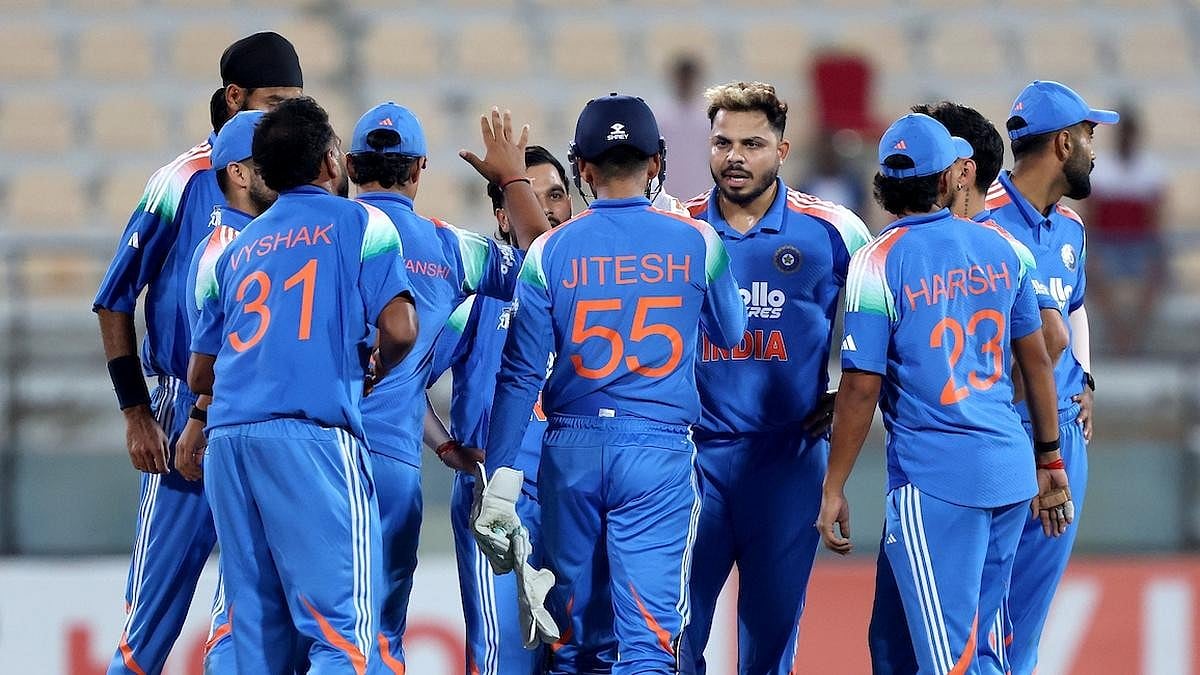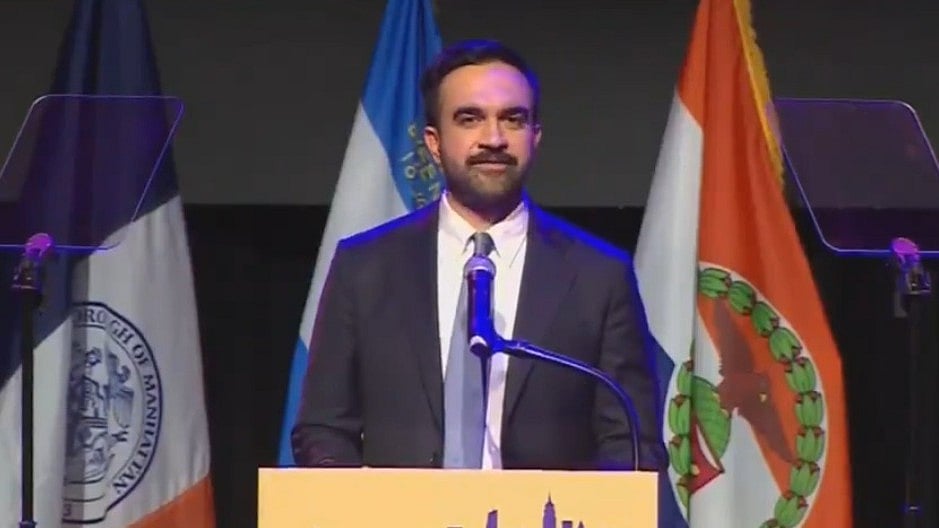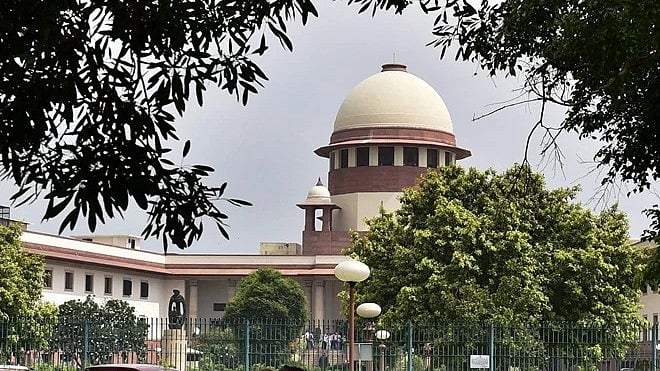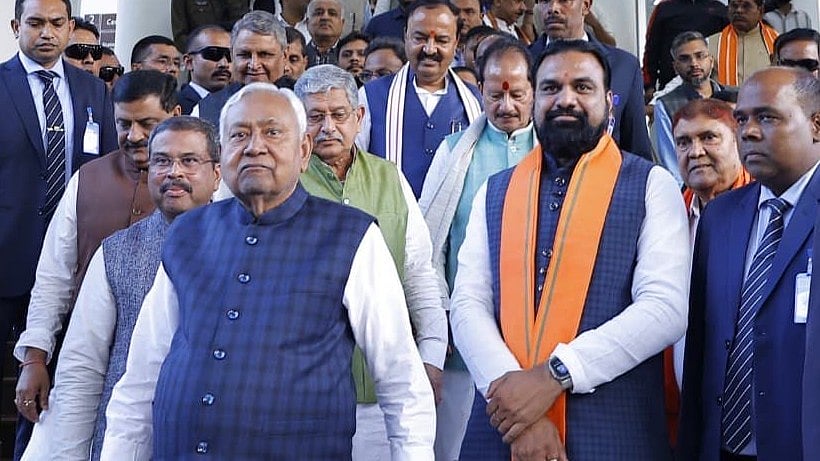What strikes one strongly when it dawns that Narendra Modi’s recent visit to Nepal was the first by an Indian prime minister in 17 years is how myopic our governments have been over the years and how we have pushed a strategic neighbour like Nepal virtually into the Chinese lap.
It is not that the Nepalese are blameless. It is surprising that Nepal hasn’t had an ambassador in New Delhi for three years, or that the Nepalese national airline doesn’t fly to any point in India. Besides, when External Affairs Minister Sushma Swaraj visited Nepal on the eve of Prime Minister Modi’s visit, the foreign ministers of the two countries were meeting under the auspices of the Indo-Nepal Joint Commission after a gap of 23 years.
Despite geographical proximity, cultural intimacy, economic inter-dependence and shared political values, China was able to steal a march over us in attracting Nepal into its orbit. The erstwhile UPA government showed utter lack of interest in keeping Nepal on the right side of India. There was a condescending approach that the Nepalese found distasteful.
Clearly, under Modi, India has made the right moves to forge closer links with Nepal as it had done a few weeks ago with Bhutan. Many in Nepal had for long been nursing a grouse that the 1950 India-Nepal Friendship Treaty, which governs the relationship between the two countries, was an unequal treaty. By conveying his willingness to review it, Modi has won kudos in Nepal.
To a country that has been perennially suspicious of Indian intentions, India extended a $1 billion line of credit to Nepal for infrastructure projects. He reiterated India’s resolve of launching a SAARC satellite for sharing India’s expertise in space and benefiting SAARC countries in areas such as health, medicine, agriculture and flood control.
Modi indeed offered India’s unstinting support to Nepal to build highways, infoways and transways for spurring its economic growth, improving infrastructural connectivity and bettering people-to-people connectivity. He stressed on symbols of Nepali pride and ancient heritage and clarified that by helping Nepal, India was not extending any charity to its smaller neighbor, but only performing the duty of a bigger regional power.
All this was bound to gladden Nepalese hearts and surprise them, fed as they have been on a staple of anti-Indian sentiment through politicians and news commentators. Seen in the backdrop of increasing Chinese influence in India’s immediate neighbourhood, this was a deft move of strategic diplomacy. By simultaneously building bridges with China and appealing to its economic interests, Modi has set China thinking.
By offering special prayers at the Pashupatinath Temple Modi has touched an emotional chord with the Nepalese, appealing to their religious kinship with India. Strategic relationships cannot be forged on the basis of one prime ministerial visit, but surely the process of removing old cobwebs in the relationship has begun.
India had surrendered to China the initiative to develop Nepalese hydropower to harness power but now, under Modi, India will be in the catching-up mode. Beijing is funding a 60-megawatt power plant on the Trishuli river, already under construction, and a $1.6 billion, 750-megawatt joint venture on the Seti river, due to be completed by December 2019.
A recently leaked draft plan to develop the hydropower sector using Indian investment sparked a furore in Kathmandu, with politicians and commentators saying it would grant New Delhi exclusive rights to Nepal’s water resources. India has to re-establish trust in Nepal, a task on which Modi has begun well. Stalled Indian projects include a hydropower agreement to develop Nepal’s Karnali river signed by Kathmandu and Indian infrastructure giant GMR in 2008. With India’s record of project implementation in Nepal being terrible, the Modi Government has a big task ahead.
For India, the neighbourhood is only a part of the giant revival effort required worldwide to break new ground to catapult India into the big league. There is much work required to be done all over the world. Relations with Europe are yet to recover, Japan felt slighted with the postponement of Modi’s visit to Japan and on Pakistan, there is little tangible forward movement. This only goes to show that there is still a long way to go in external relations.
With the Modi-Obama summit less than two months away, there are some straws in the wind. India’s unyielding stand at the WTO has angered the Americans as much as reports on the BJP having been under CIA and FBI surveillance in the run-up to the general elections has put off Indians.
Modi’s visit to the US in September will test his patience and negotiating skills and a great deal will depend on how well he is able to win American hearts and convince the Obama administration of his government’s earnestness in opening up India to American capital.With a big shopping list in hand for defence modernisation, the Indians will have the advantage of doling out defence contracts, which have a great attraction for the developed world. High technology is another area in which India will have some catching up to do after the drying up of new contracts in this area.
All in all, the Modi Government is well and truly in the repair mode. But it is too early to say that it will come good in its avowed intentions to repair relationships.









